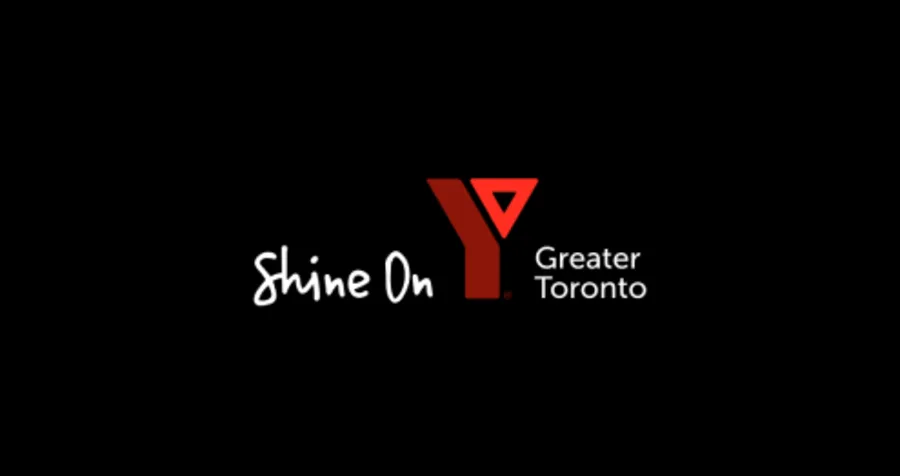Ask A Trainer: What’s the best way to get strong and toned?

Thankfully, every YMCA weight room is fully equipped with a wide range of lifting implements. It doesn’t really matter which tool you use: barbells, dumbbells, machines, and even your own bodyweight can all deliver excellent results, depending on your goals. Here are the pros and cons of each, so you can decide which will work best for you:
Machines
Pros: easy to use; no need for a spotter; seat and backrest provide support for those with injuries or limited mobility.
Cons: fixed path of movement; seat and backrest reduce core engagement; machine stabilizes weight.
Some lifting purists scoff at the notion of using anything other than free weights, but machines do serve valuable purposes. For those who are new to exercise, machines offer a safe and accessible entry point. It’s pretty hard to use them incorrectly, though some are more user-friendly than others. Where machines fall short is in the area of individualization. People come in all sorts of sizes and have varying degrees of mobility, but machines are typically manufactured with a one-size-fits-all mentality. It can be difficult for people who are big, small, short, or tall to operate certain machines because of these manufacturing limitations.
Free Weights
Pros: forces the user to employ proper lifting technique; engages core muscles; allows for a less restrictive path of movement.
Cons: proper lifting technique can be difficult to master; heavy lifting requires a spotter.
Dumbbells, barbells, kettlebells — free weights come in various forms, but they all essentially do the same thing: they sit there heavy, waiting for someone to lift them up. The major benefit of free weights is that the lifter is in control of everything. There are no pulleys or levers to help guide the weight; lifters have to use proper technique in order to perform the exercise safely. This, of course, can also be a disadvantage, as proper lifting technique takes time and patience to master. Learning how to engage your core muscles to provide maximum stability and low back safety can be particularly difficult. That said, it’s well worth the effort, as the greatest physical gains typically come with free weights.
Bodyweight
Pros: can be done almost anywhere, at any time; builds the mind-muscle connection; strengthens tendons and ligaments in proper proportion to muscle.
Cons: exercises can be surprisingly difficult; lack of variety for beginners.
Check out my last column to learn why bodyweight exercises are actually my favourite of the bunch.

Paul graduated from Humber College’s Fitness & Health Promotion program (with honours!), earning a certification in personal training and group fitness from the Ontario Fitness Council along the way. His training specialties are bodyweight training, strength training for older adults, and plant-based nutrition.
Do you have a question for our personal trainers? Message us on Twitter or Facebook.










